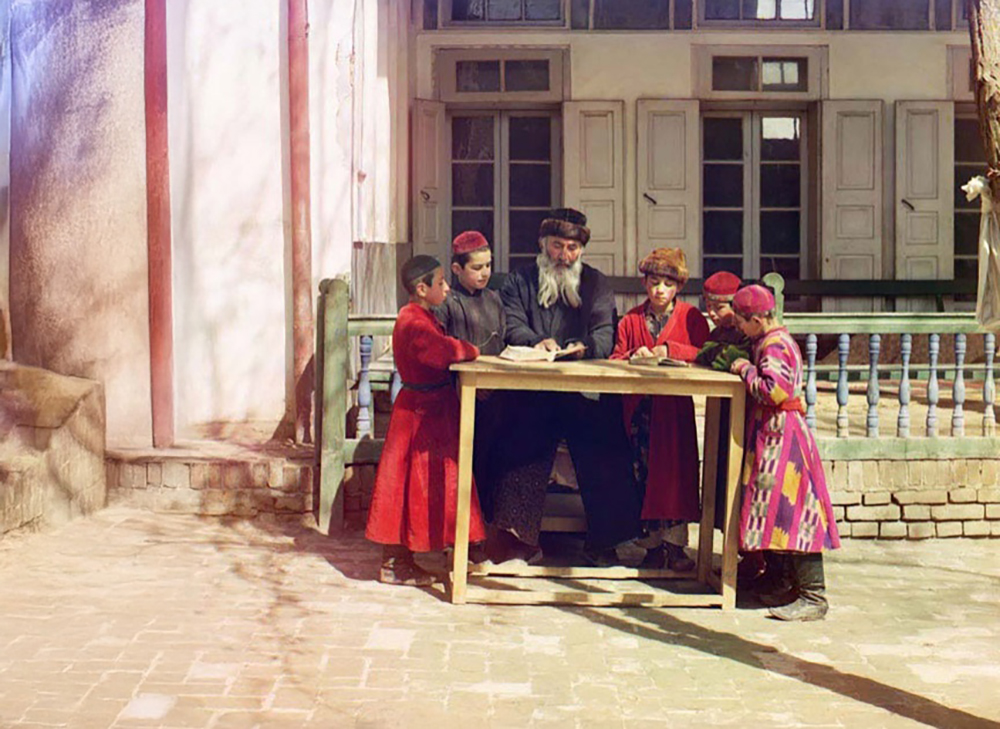
Rabbi Asher
Vaknin
Message 1: The Power of Prayer – “And I pleaded with Hashem”
On the Pshat (simple) level, Moshe pleads with God to allow him to enter the Land of Israel. The sages explain that the word “Va’etchanan” (“I pleaded”) refers to a prayer of supplication, not based on merit but on sheer grace.
On the Remez (hint) level, the numerical value of “Va’etchanan” is 515, corresponding to the 515 prayers Moshe offered. On the Drash (interpretive) level, we learn that even Moshe Rabbeinu–the greatest leader–knew that entry into the Land is not earned but gifted by Divine mercy. On the Sod (mystical) level, the Zohar teaches that the Shechinah herself joins the prayer of a righteous person, and each sincere prayer rises through spiritual worlds, impacting far beyond what we see.
A touching story tells of Rabbi Levi Yitzchak of Berditchev, who once spent an entire day praying with tears for a sinful Jew in his town. Eventually, that man did teshuvah and became a changed person. The message: never stop praying–whether for yourself, others, or the world. Even if we don’t see immediate results, prayer transforms us and brings light into the world.
Message 2: Sacrificing for Faith – “Shema Yisrael, Hashem Elokeinu, Hashem Echad”
Shema Yisrael is the foundational declaration of Jewish faith. On the Pshat level, it is a simple statement: God is One. The Remez (allusion) can be found in the word «Shema» itself–Shin (ש) for Shacharit, Mem (מ) for Mincha, and Ayin (ע) for Arvit–reminding us to express our faith every day through prayer.
Another interpretation: Shema hints at giving one’s life for God’s unity–Shin for Shikvah (lying down/death), Mem for Mesirut Nefesh (self-sacrifice), and Ayin for Ohl Malchut Shamayim (accepting the yoke of heaven). On the Drash level, saying “Hashem Echad” out loud with intention is likened to standing before the King Himself. The Sod reveals that these words unify the spiritual worlds, realigning the soul with its Divine root.
A famous story recounts how Chana and her seven sons were killed by the Greeks for refusing to deny God’s unity. Before dying, each child cried out Shema Yisrael. This phrase isn’t just a prayer–it’s the heartbeat of Jewish eternity. It tells us that no matter the challenge, a Jew is never alone. God’s Oneness holds us, surrounds us, and lives through us.
Message 3: Loving Education – “And you shall teach them to your children”
The Pshat refers to the mitzvah of teaching Torah to our children. The Remez lies in the word “V’shinantam”, from the root “shanen” – to sharpen. Teaching should be clear, precise, repeated, like a sharpened arrow. The Drash emphasizes that Torah education isn’t limited to formal study; it includes “when you sit at home, when you walk, when you lie down and rise” – in every moment of life. The Sod teaches that every word of Torah a parent teaches their child connects on a soul-level, imprinting holiness that remains forever.
A powerful story is told of the Chafetz Chaim who once saw a mother scolding her child for carrying a toy outside on Shabbat. He gently said, “Say to him, ‘My precious child, Shabbat is so holy–this toy isn’t for today.’” He explained that words spoken in love enter deeper. Harshness may correct behavior temporarily, but love transforms the soul.
The message is clear: Teach with heart. Live what you teach. The greatest influence comes not from lectures, but from authentic, loving example.
These three messages–the power of prayer, the oneness of faith, and education through love–are timeless pillars of Jewish life. Parashat Va’etchanan reminds us that within every word of Torah lies a world of meaning, and through learning, loving, and living that meaning, we elevate our lives and the lives of those around us.
Wishing you all a Shabbat Shalom,
Rabbi Asher Vaknin
BJCC Rabbi of the Bukharian Youth
I approve this message
